Nestled in the heart of Calabria, the village of Santa Severina is a true medieval jewel that fascinates with its thousand-years history, its unique attractions - among which the Norman castle certainly stands out - and its breathtaking views.
Known as the stone ship for its particular dominant position on a promontory halfway between the Sila mounts and the Ionian Sea, this village will win you over with its evocative historical atmosphere, discovering places, squares and alleys where time seems to have stopped to tell centuries of history and traditions. Ready to set off? Let’s find out together what to do and see in Santa Severina, our next hidden stage in Calabria!

There is a town of towers in the Calabrian lands, of clear name, where the waves of the misty Neto flow, placed on the top of a mountain, on rocky cliffs, and better than any other surrounded by a long defensive circle.
What to do and see in Santa Severina: a little bit of history
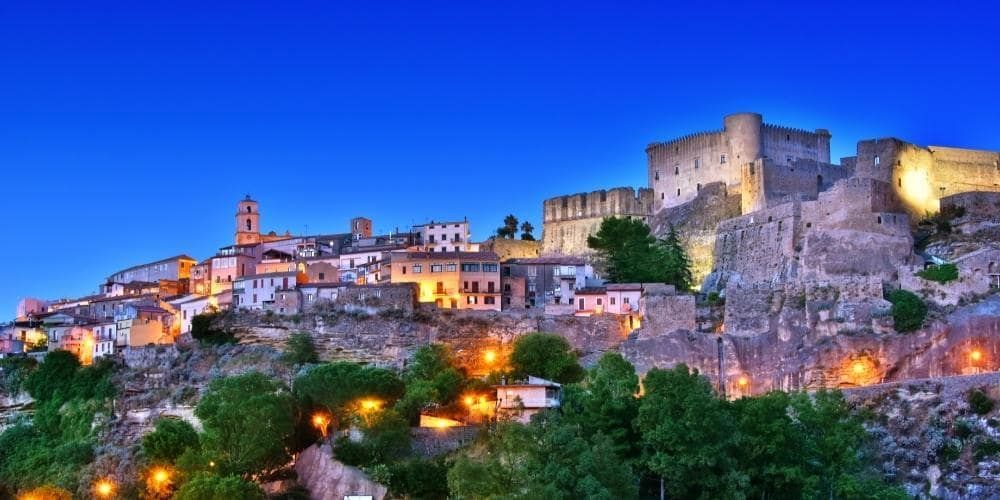
Santa Severina by night
The territory of Santa Severina, during the Bronze and Iron Ages, was inhabited by indigenous peoples possibly belonging to the Enotrians (toponymic term given by the Greeks to the natives).
In ancient times, Santa Severina was known by the name of Siberene, a name that was retained even during the rule of Magna Graecia. In Roman times, the name was instead latinised into Severiana. It was with the arrival of Byzantine rule that the present name of the village was decreed.
During the rule of the Byzantines, which lasted until 1076, Santa Severina became the metropolitan seat of Byzantium and developed into a town with a high artistic heritage.
It was later ruled by the Normans, under whose rule the construction of its iconic castle began, and then by the Swabians. Finally, after Aragonese rule, it came under the rule of the Bourbons. until the unification of Italy in 1861.
What to do and see in Santa Severina: the village's top attractions
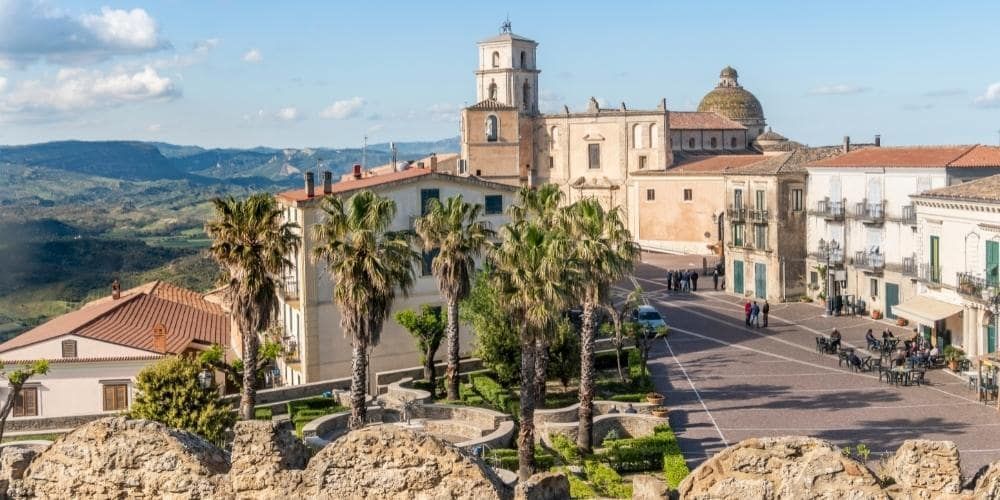
Piazza Campo in Santa Severina
Walking through the streets of Santa Severina means to immerse oneself in the thousand-years history of this wonderful village in Calabria, in a journey through the dominations that have succeeded one another over the centuries.
In addition to the Castle, surrounded by its majestic walls, there are several monuments of historical and artistic interest. On the town's central square, Piazza Campo, stands a veritable open-air museum surrounded by elegant gardens embellished by walls and wave architecture. The square is overlooked by the Cathedral of Santa Anastasia, built in the 13th century but restored several times, which today preserves the entrance portal as the only original piece. Incorporated in the Cathedral there are also the remains of the Byzantine Baptistery, that is the oldest monument of Byzantine art in Calabria.
In addition to the historical buildings, it is possible to visit the town's numerous museums. First of all, there is the Archaeological Museum of Santa Severina, housed in the Castle, the Diocesan Museum of Sacred Art in the archbishop's palace and the Diocesan Historical Archive and Library located in Piazza Campo.
In terms of food and wine, the village dish that you absolutely must try is pasta china (stuffed pasta), delicious rigatoni cooked in the oven with a sausage and provolone filling. Typical products include oranges, which have been an important economic source for the citizens of Santa Severina since ancient times, yet even a cultural icon.
The Castle of Santa Severina, a solemn medieval fortress

The Castle of Santa Severina
The Castle of Santa Severina is the monument that most represents the great history of this village. The fortress covers some 10,000 square metres of land, dominating the valley of the Neto River.
Its construction dates back to the time of Norman rule (11th century) when the Norman king Robert Guiscard ordered its construction on the ruins of a pre-existing fortification from the Byzantine era.
The castle consists of a squared keep and four cylindrical towers on its sides; it is also flanked by four bastions right next to the towers. Over the centuries, however, the structure has undergone several modifications, according to the taste of the rulers who ruled during the different dominions.
To this day, it is one of the best-preserved military fortresses in southern Italy. It houses the Archaeological Museum of Santa Severina, inside which there is an area relating to the excavations carried out in the fortress and another dedicated to the Santa Severina area and the Neto Valley.
Where is located Santa Severina
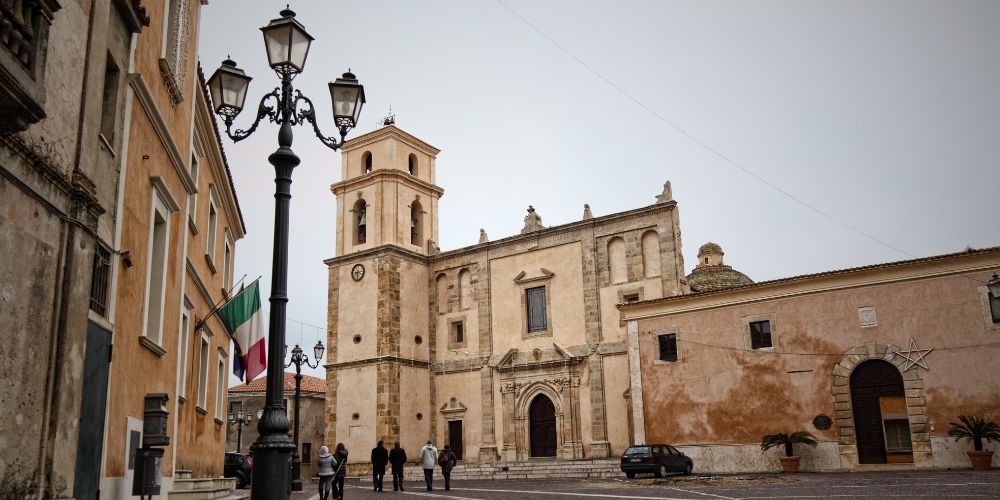
The village of Santa Severina, located in Calabria about 30 kilometres away from Crotone, rises 326 metres above sea level on a steep rocky hill that governs from above a valley halfway between the Ionian Sea and the Sila Mountains.
Santa Severina can be easily reached by car driving on the SS 107bis, an important road northwest of Crotone that connects SS 107, SS 106 and SS 109, thus allowing full accessibility to the village from all over the region.
Are you looking for other charming villages and places to visit on your road trip in Calabria? Here are some suggestions for you! Please check out: Chianalea di Scilla, Pentedattilo and Gerace.
What to do and see near Santa Severina
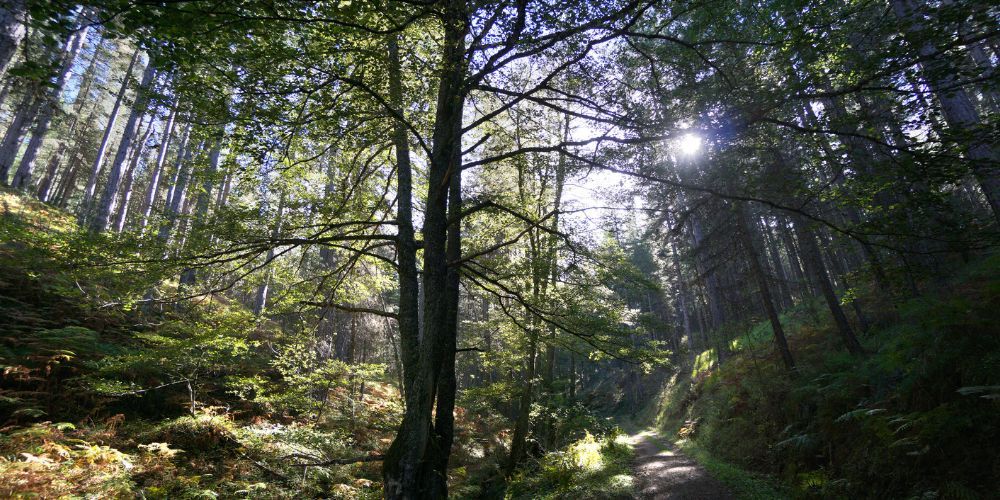
Here are some of the most interesting places to see near Santa Severina on your next trip to Calabria, a region that offers a wide range of experiences between natural beauty and historical and cultural richness. Let's discover them together!
1) Le Castella di Capo Rizzuto: about an hour's drive south of Santa Severina, this picturesque seaside village is famous for its Aragonese castle that stands out on a small island connected to the mainland by a thin isthmus; an incredibly suggestive place, perfect for a sunset walk or to take breathtaking photographs.
2) Riserva Naturale Valli Cupe: if you are a nature lover, a few kilometers southwest of Santa Severina come discovering this unmissable reserve, an extremely wild setting that offers excursions among canyons, waterfalls and woods, furthermore with the possibility of spotting several species of local flora and fauna.
3) Crotone: about 30 kilometers east of Santa Severina, the city is worth a visit for its rich historic center, where the Castle of Charles V stands out, and the nearby Archaeological Park of Capo Colonna, where you can admire the remains of the ancient temple of Hera Lacinia, testimony to the ancient Greek past of the region.
4) Abbazia Florense di San Giovanni in Fiore: this ancient monastery is located about an hour's drive northwest of Santa Severina, in the heart of Sila, one of the most important examples of medieval religious architecture in Calabria and a spiritual, cultural and artistic center of great relevance.
5) Sila National Park: finally, if you are looking for a real adventure to experience in a natural setting of impressive beauty, do not miss the opportunity to organize an excursion in this vast green heart located in the center of Calabria, dominated by real Giants, where you can explore evocative mountain landscapes, lakes and woods, perfect for hiking and mountain biking in the most vivid nature.
Book now your guided tour discovering the Giants of SilaAbout the author
Written on 09/08/2024

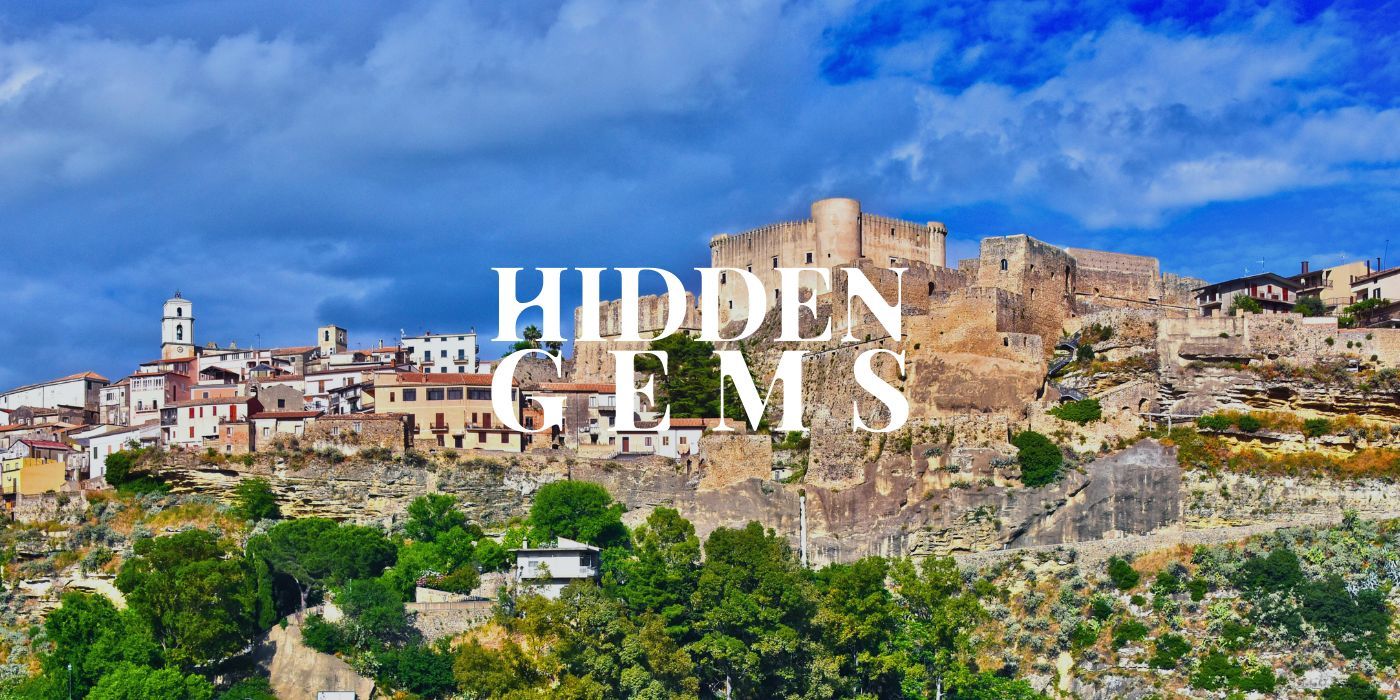

Sara Celin
Discover Santa Severina with us, an ancient and beautiful village in Calabria rich in evocative historic beauties between Sila mounts and Ionian Sea.